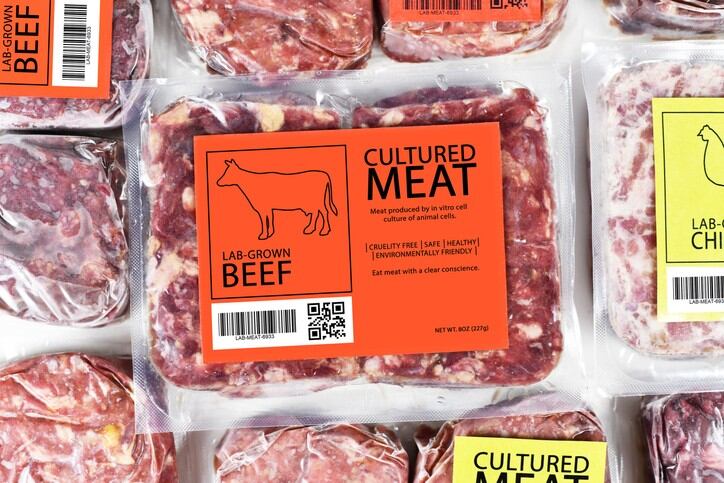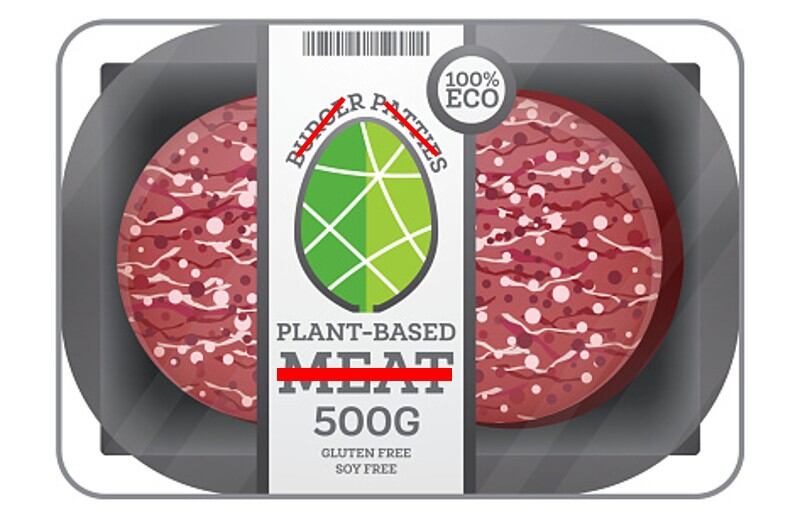Australia has long taken pride in its promotion of and numerous successes in the areas of Science, Technology, Engineering and Mathematics (STEM) given its relatively solitary geographical state, but according to the local cellular agriculture sector, these successes are not always seeing real-world results – a situation that progress in developing cultivated products could help to correct.
“Australia has all the right ingredients to thrive in cellular agriculture [and we should], given how we take such pride in promoting and succeeding in STEM,” Cellular Agriculture (Cell Ag) Australia Director told FoodNavigator-Asia.
“Unfortunately, we don’t always guide these successes in STEM [in the classroom or lab] this into real-world applications, such as cellular agriculture, which is a real, useful and progressive area for STEM students and graduates to apply their knowledge, and find work that is rewarding and is contributing to a greater good.
“[For this area to achieve the success it needs], however, requires investment- not just private investment into the limited start-ups that exist but also into public infrastructure, including the physical architecture, but also education.”
Dempsey highlighted Singapore as a major model market that has recognised the importance of alternative proteins including cultivated products as a food source, and is putting in place the right investments to make this happen
“Singapore has clearly seen this [as a worthy] investment: Its two world-ranked universities offer courses in alternative protein, the government has dedicated and generous grants for research in the area, and it is promoting itself as a global hub for companies seeking to develop pilot plants by having a supportive regulatory and policy environment,” she said.
“[In actuality], Australia is not far from achieving all of this, but it does require impetus from senior levels of government leadership - I think the buy-in already exists at a university and private investment level [but] policies are still needed to drive success here.”
Without this level of focus on investment and education, the fear is that Australia’s major potential to excel in this field will be lost to practicalities due to a lack of financing or talent fostering.
“Australia is teeming with the raw talent required to foster a strong cellular agriculture industry - There are certainly some stand-out companies that are getting global attention and competing alongside international industry leaders - but we are still not quite at the tipping point of being able to refer to a market, per se,” Dempsey added.
“There are still a range of technical barriers that are being faced by the industry as a whole from scaling up to media and scaffold development and more – and even when these are surmounted, the real challenge will start: Winning the hearts and minds required to take cultured meat from a sterile setting replete with scientists to the customer’s table.
“[This is in addition to] government regulation, incumbent food industry lobbies and consumer sentiment [which] will all require a different type of innovative thinking to approach – and it will be difficult enough without gathering the required public investment and education.
“That said, I do think that 2022 will be a milestone year for cellular agriculture companies globally. There will be a lot of public firsts in debut products - although not necessarily commercially available just yet – whereas media coverage will continue to increase and public investment is becoming mainstream, it’s just that hopefully all of the above also occur in Australia.”
Comparing Australia and China’s cell ag and cultivated product scenes
Dempsey completed her thesis in China’s Peking University on the market for cultivated meat in China several years back, exploring consumer sentiment as well as factors determining market success there, finding government policy and attitudes to be the most determinative.
“I still stand by that claim, and I think the government’s recent inclusion of cellular agriculture in its 5 year plan, arguably their most significant guiding policy document, will precipitate major investment into the industry, from all angles,” she told us.
“This will precipitate an opportunity to really observe the development of a ‘market’ and real examples of consumer sentiment - I am interested to see whether what I found in my research, namely that Chinese consumers will likely embrace cultured meat products, largely on health and food safety grounds, will play out.”
At this point in time, Dempsey believes that Australia has a lot of the raw ingredients – namely scientific talent, strong agricultural quality, and brand reputation – needed to succeed in the cultivated food space, but on the basis of scale, China is undoubtedly set to be a major market leader in this space.
“The potential for scientific collaboration is great here. And it should also be noted that the Chinese government has indicated it will be backing greater public investment in the sector, as has Singapore, so there really is an opportunity for the sector here in Australia to build a strong Australasian ecosystem of collaboration in this space [and] build on each others’ strengths,” she said.
She also believes that some version of a publicly available cultivated food product can be expected by latest 2030 based on the scientific and regulatory work that remains, and 2040 would be a conservatively realistic date for widespread adoption after further work to reduce costs and bring consumers in.





